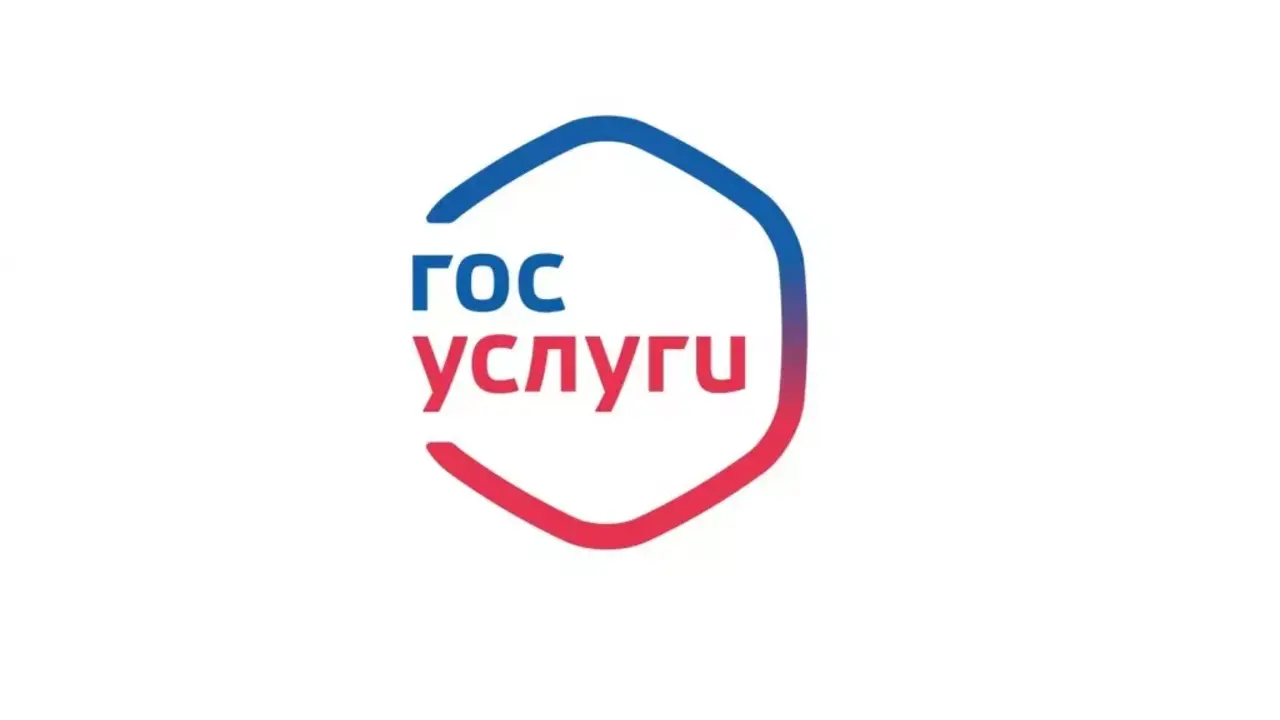This advancement has tremendous potential to address “range anxiety” among electric vehicle (EV) drivers, paving the way for a smoother, more convenient transition to green transportation.
This innovation is based on the use of indium, a soft metal often used in touch screens and solar panels. Indium has two critical properties that make it ideal for ultrafast charging: an extremely low transition energy barrier that allows rapid diffusion of ions at the battery anode and a modest exchange current density that ensures the stability of electrochemical reactions over time. This unique combination of features allows for fast charging without compromising overall battery life.
The team’s research, published in the respected journal Joule, introduces a new design principle that allows metal ions in the battery anode to move freely until they find the optimal configuration for storing charge. Thanks to this approach, the electrode maintains a stable morphological state throughout the entire charging process, allowing thousands of charge-discharge cycles to be carried out without deterioration in performance.
Researchers recognize that further work is needed on lighter materials with similar properties. “We are now using computational chemical modeling and artificial intelligence to find alternative materials that are lighter while achieving the same outstanding performance,” said one of the study authors.
Source: Ferra
I am a professional journalist and content creator with extensive experience writing for news websites. I currently work as an author at Gadget Onus, where I specialize in covering hot news topics. My written pieces have been published on some of the biggest media outlets around the world, including The Guardian and BBC News.









